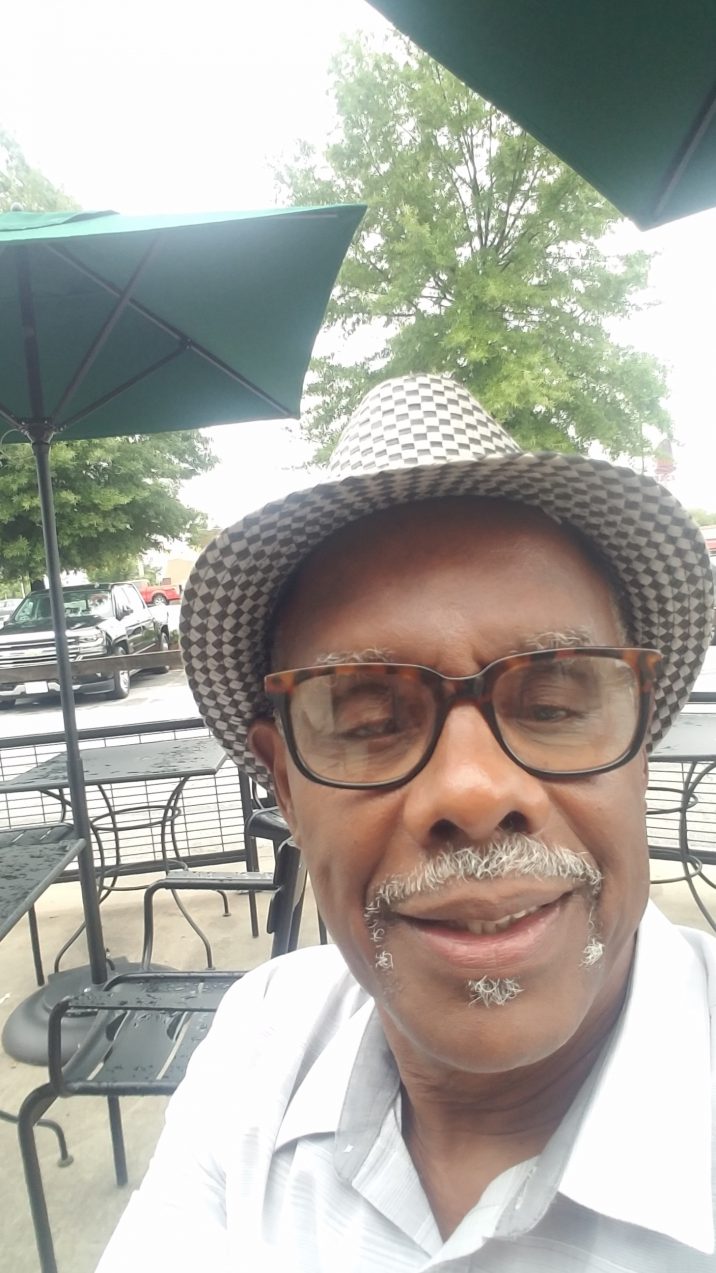

Gayle Jessup White’s book, “Reclamation” traces her family lineage back to Thomas Jefferson, the 3rd president of the United States, crafter of the Declaration of Independence and his sexual relationship with his slave mistress Sally Hemings.
So readers, you may want to read it before it ends up on someone’s “banned books” list because in it she touches on primary book banning criteria (race and sex), and even on the 2017 KKK rally in Charlottesville, Virginia.
Now with that as an introduction, I’ll say that I’m not the only one who goes through a mental checklist of “don’t forgets” when leaving home – i.e., wallet, keys, phone, Advil and, of course, a facemask. But for me, a hapless book addict, a hard cover book is always on my list. Always.
Which brings me to a disturbing trend nowadays– banning books from schools and libraries. Certain books, that is.
I begin by cherry picking a “let that sink in” piece from a column written by Pulitzer Prize winning columnist Leonard Pitts:
“Once again, carnage goes to school. Once again, American students are used for target practice. But conservative leaders are on the case. Recognizing the ongoing threat to our children, they know it’s time for decisive action. It’s time to do something about books.
And if you expected that sentence to end differently, you haven’t been paying attention. In red America these days, books are Public Enemy No. 1. From Texas to South Carolina, to Virginia to Florida and beyond, conservative governors and advocacy groups are removing books from school library shelves, particularly those that deal with the two subjects they find most threatening: sexuality and race. All to protect our children. In their world, a mass shooting is just a natural phenomenon, unpleasant, but unavoidable, like rain.
From where they sit, the gravest threat facing our children stems not from bullets but from books, and they won’t rest until the scourge of knowledge has been defeated. Which is to logic what a funhouse mirror is to one’s actual appearance: a reality hopelessly distorted.
We live in a world where students huddle under their desks in active-shooter drills, but conservatives are concerned that learning about race might make them uncomfortable. A world where children have PTSD from seeing friends slaughtered, but conservatives fear that reading about sex might expose them to things they’re not yet ready for. A world where kids go to school with bulletproof backpacks, but conservatives think books have gotten way out of hand.”
So, we’re at a point where banning books has leapfrogged outlawing bullets, bullies and bad resources as top priorities for schools. Lord, relieve us from this madness, please!
Let’s step back for a moment. A little bit of history is warranted here.
In providing a context for this narrative, I explored what else was out there recently about book banning and, lo and behold, I stumbled across something called “Banned Books Week.” I kid you not.
What I found was that Banned Books Week is nothing new, an annual event held by the American Library Association that celebrates the freedom to read. This year, the initiative took place between Sept. 26 and Oct. 2 with the theme “Books Unite Us. Censorship Divides Us.” The goal of the week was “to spotlight current and historical attempts to censor books in libraries and schools.”
The tradition dates back to 1982, when the first Banned Books Week occurred as a response to a sudden increase in the number of challenges issued by varying special interest groups to books in schools, but also in bookstores and libraries. Books were often challenged because they covered sensitive topics, such as racial issues, “damaging” lifestyles, sexuality, violence or even witchcraft.
Some of the most commonly banned books from 2010 to 2019 include “Of Mice and Men” by John Steinbeck, “The Bluest Eye” by Toni Morirson, “The Catcher in the Rye” by J.D. Salinger, “To Kill a Mockingbird” by Harper Lee, “The Handmaid’s Tale” by Margaret Atwood and “The Hate U Give” by Angie Thomas. Many of these are considered classics, but they are also books that deal with uncomfortable topics including race, mental illness, sex and death.
Advocates and scholars say such bans go too far and undermine American principles of open discussion and debate.
“An essential component of a democratic society is the free exchange of ideas,” said Hasan Kwame Jeffries, a historian at Ohio State University. “We should be teaching the truth,” Jeffries said. “We should not be banning books. We should not be creating this fear among teachers that teaching the truth would make little Suzie uncomfortable.”
Now you won’t get a counterargument from me that banning some books, those that promote hatred and violence for example, from young minds makes perfect sense. It does.
But when we ban all books that cause discomfort, we hamper critical thinking and risk expanding illiteracy, opportunities to know about the histories of others, how those histories shape current perceptions, behaviors and world views and, above all, access to superb writing and writing styles.
And even deeper, we deny growth opportunities that come from temporary – I repeat that, temporary – discomfort, and learning how to empathize with others.
In the end, I wonder if yours truly will end up on someone’s “Banned Columnists” list. Time will tell.
Meanwhile, I’ll get to delving into White’s “Reclamation.”
And hopefully so will you.
© Terry Howard is an award-winning writer and storyteller, a contributing writer with the Chattanooga News Chronicle, The Douglas County Sentinel, The BlackMarket.com, co-founder of the “26 Tiny Paint Brushes” writers’ guild, and recipient of the Dr. Martin Luther King Leadership Award.

